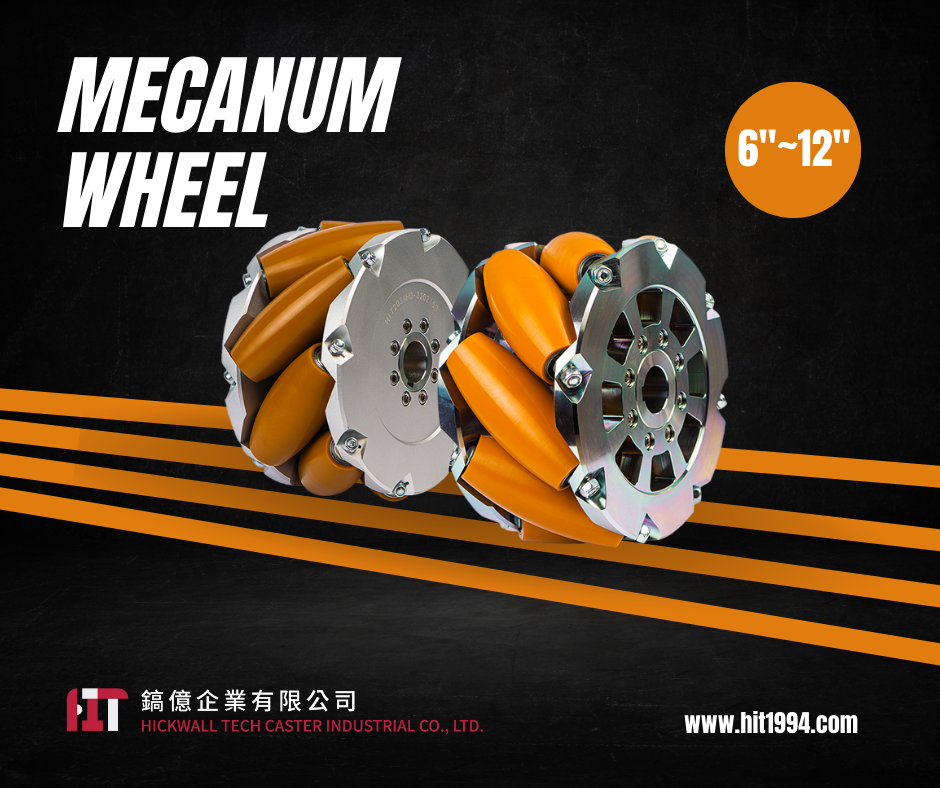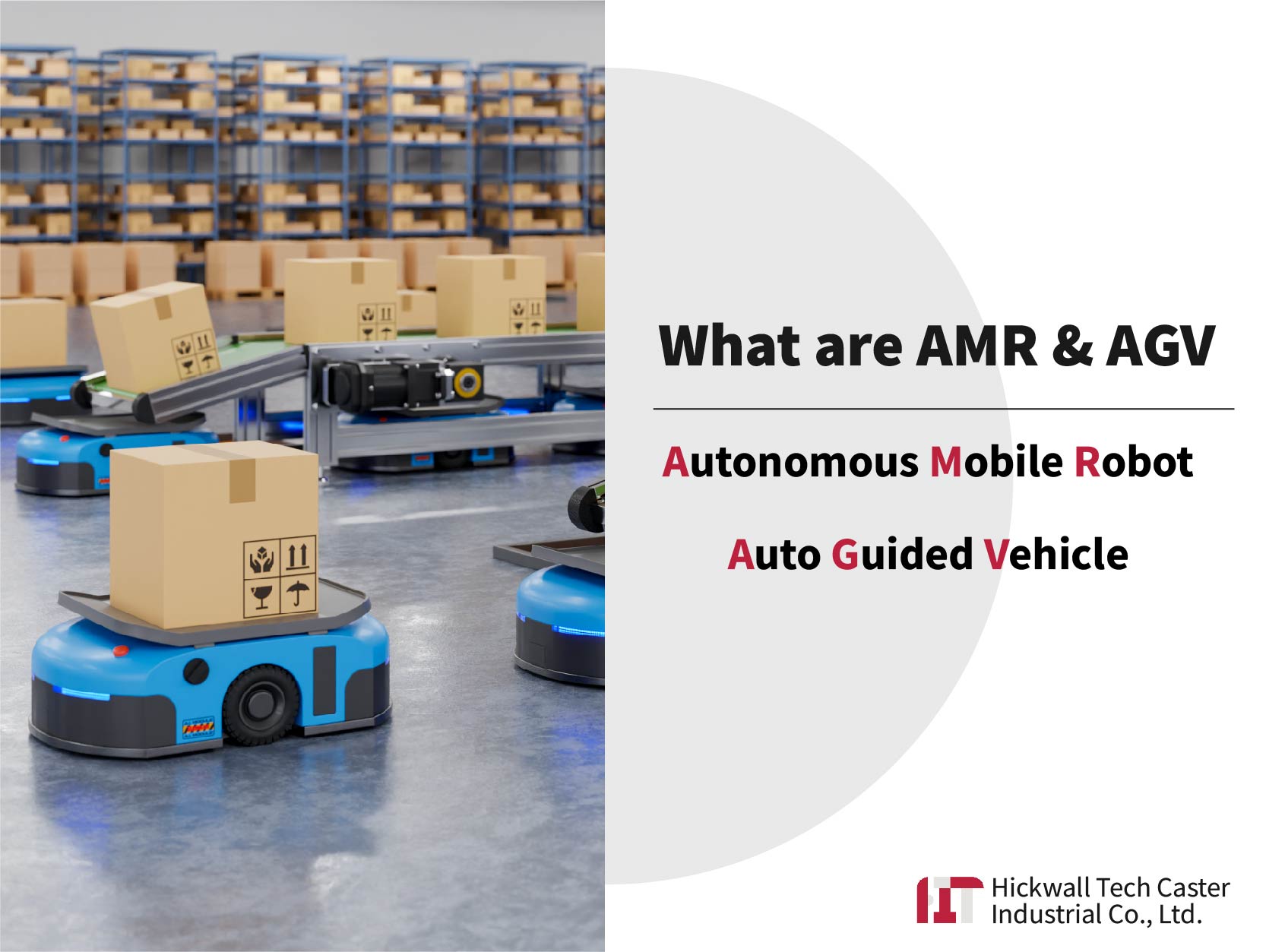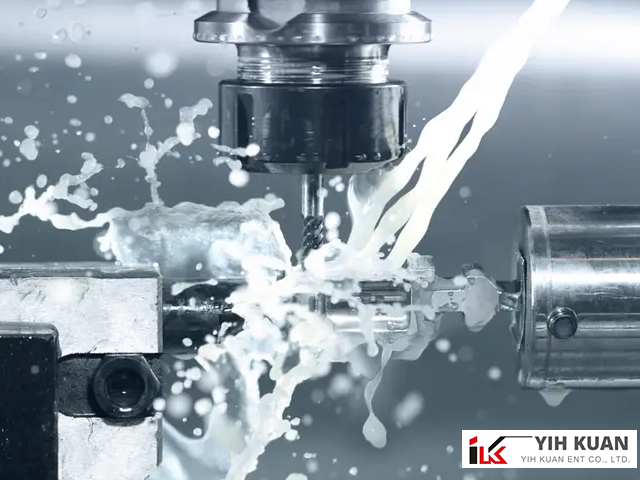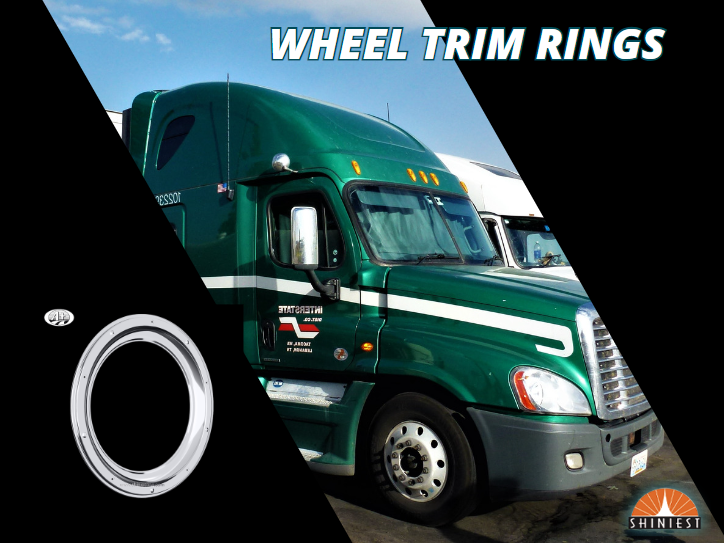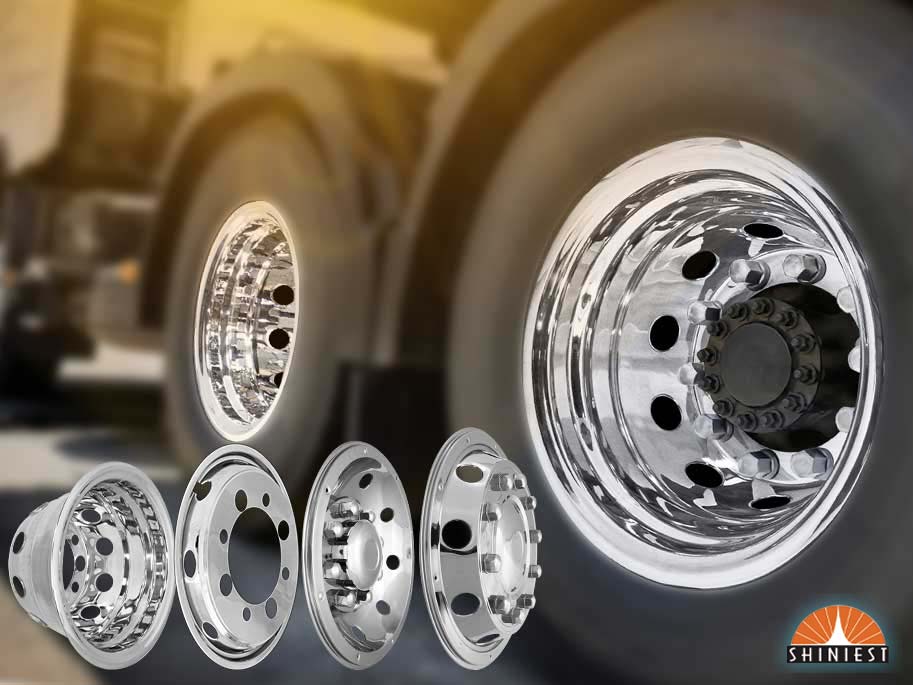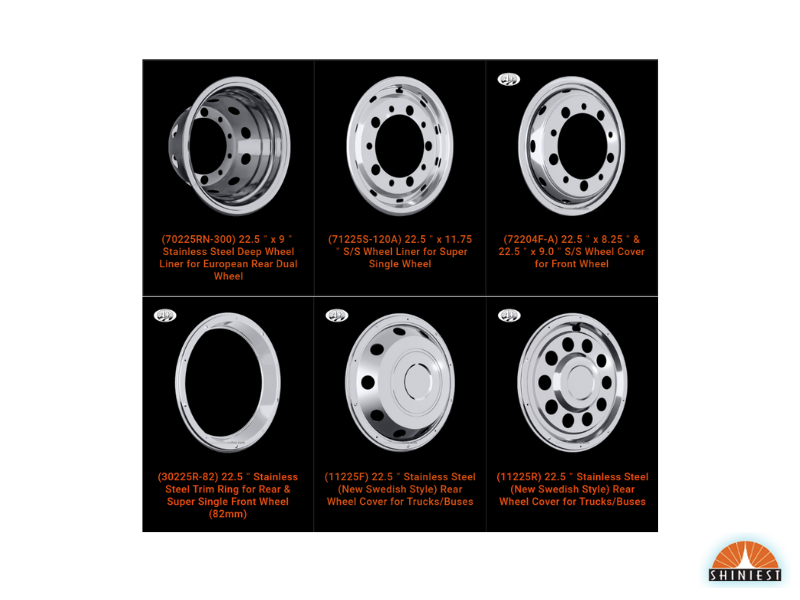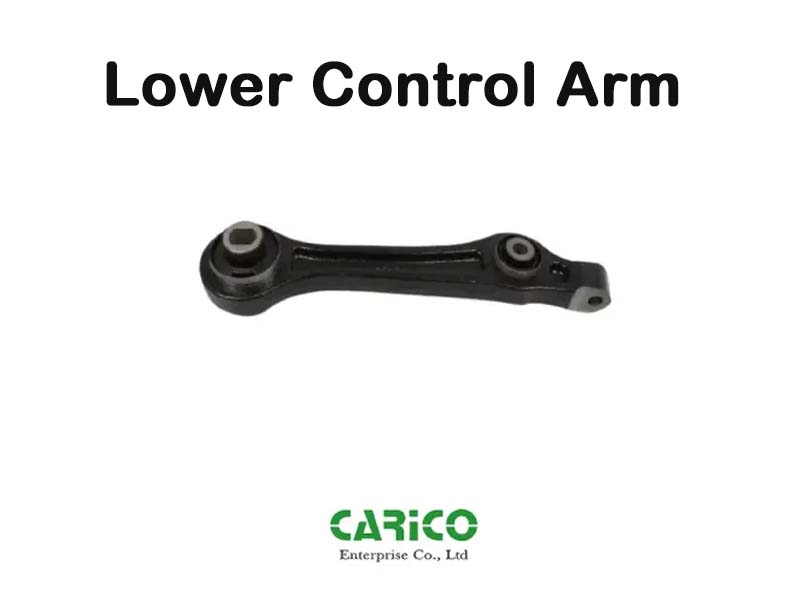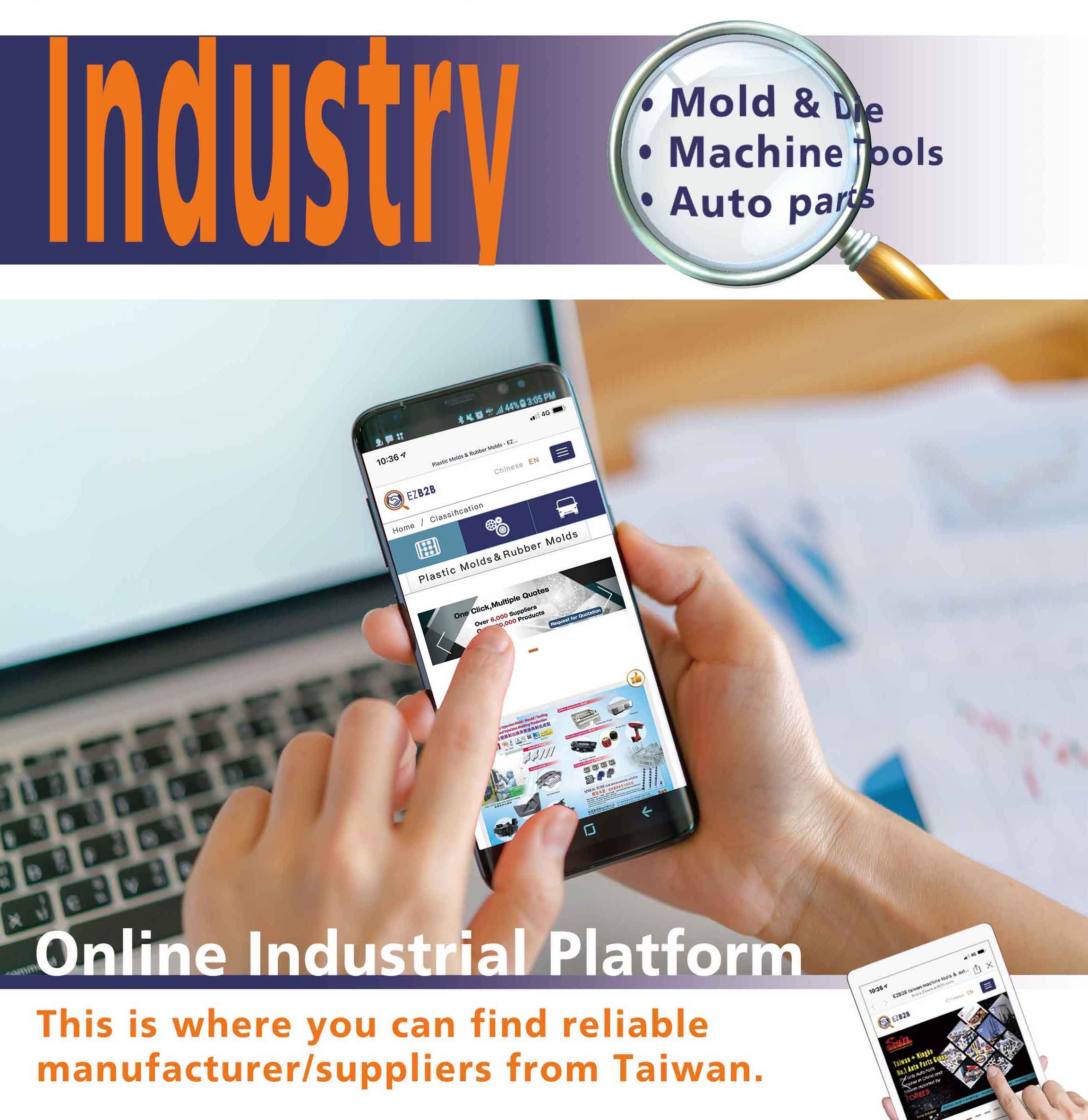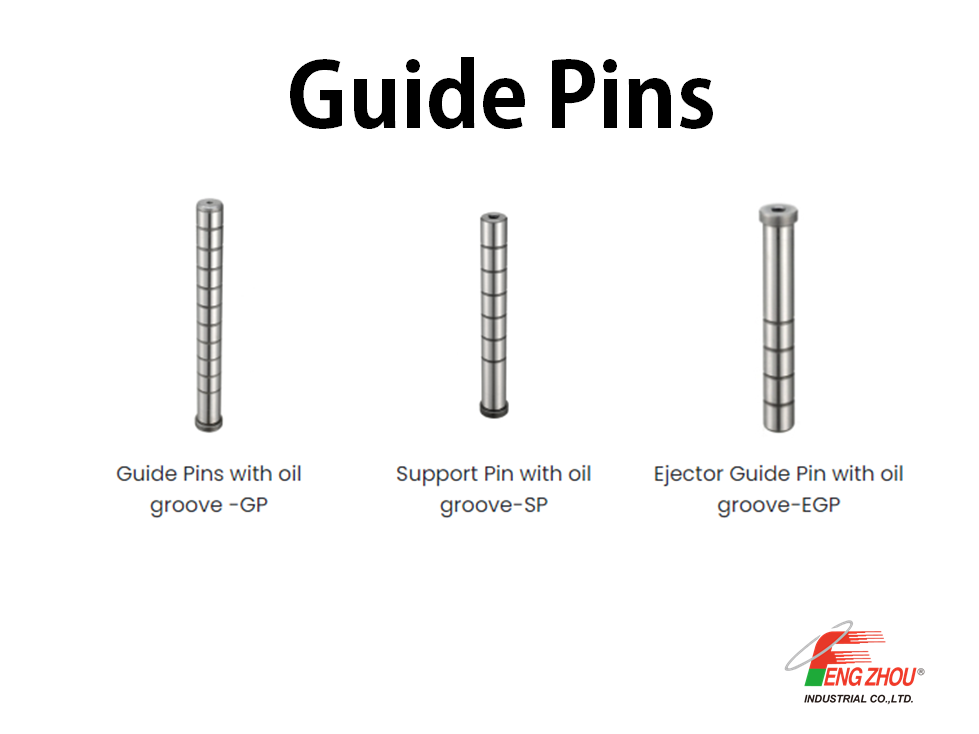What are AMR&AGV, what environments and industries are they suitable for, and how to choose suitable
2024-03-29Mould & Die From:HICKWALL TECH CASTER
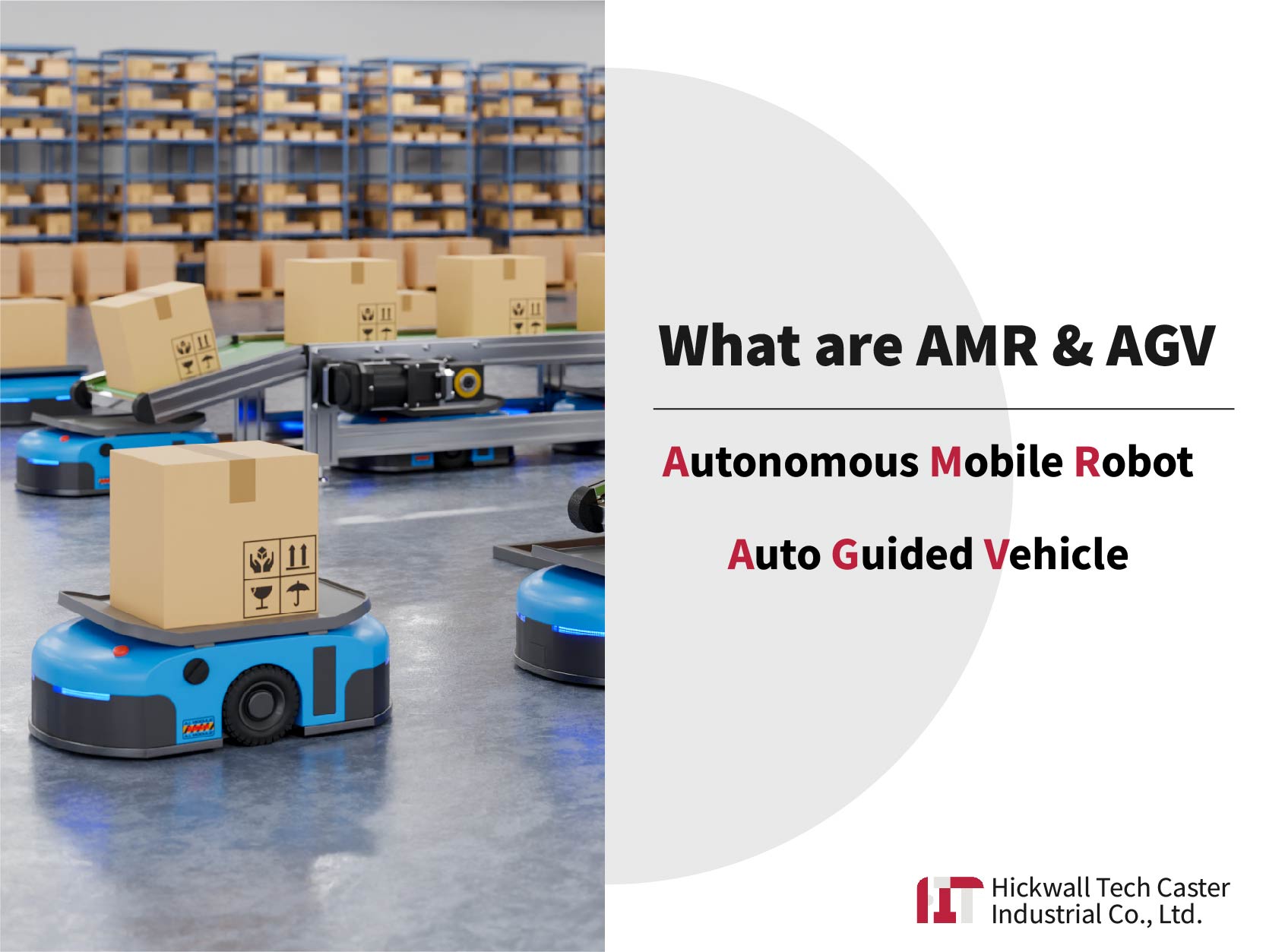
AMR (Autonomous Mobile Robot), also known as:
- Autonomous Robot:A simple and direct translation in Chinese, emphasizing its ability for autonomous movement.
- Self-Propelled Robot:Describing the robot's capability to move or walk autonomously.
- Automated Navigation Robot:Emphasizing the robot's ability for automated navigation and movement.
- Unmanned Vehicle (UV):Primarily emphasizing its application within the category of vehicles.
- Autonomous Navigation Robot:Highlighting the robot's capability for autonomous navigation.
- Mobile Robot:Simplified to emphasize its mobility.
AMR refers to robots capable of autonomously perceiving environments, navigating, and avoiding obstacles without human intervention. They are equipped with various sensors such as radar and cameras, and utilize built-in intelligent algorithms for path planning, enabling them to perform tasks such as material handling, inventory management, and patrols. The autonomy of AMRs enhances production efficiency, reduces labor costs, and makes them suitable for various environments.
Autonomous Mobile Robots (AMRs) are suitable for what industries or environments:
AMRs are applicable across multiple industries and environments due to their flexibility and intelligence, enabling them to meet various application needs. Here are some common application areas:
- Manufacturing industry:AMRs can be used for tasks such as material transportation, workpiece handling, and automated assembly, effectively improving production efficiency and reducing manual handling.
- Logistics and warehousing:AMRs find wide-ranging applications including cargo handling, inventory management, and order picking. They autonomously navigate warehouse environments, avoiding obstacles, and enhancing warehouse efficiency.
- Healthcare:AMRs are utilized for tasks such as automated medication delivery, meal distribution, and waste collection within hospital premises, reducing manual labor and enhancing work efficiency.
- Commercial office environments:AMRs can perform tasks like document delivery, mail distribution, and office patrols, thereby improving office efficiency.
- E-commerce warehousing:AMRs automate tasks such as product transportation, order picking, and packaging, speeding up the product shipment process.
- Agriculture:AMRs are employed for automated operations within farms, including field patrols, planting, and harvesting, thereby enhancing agricultural production efficiency.
- Hotel and service industry:AMRs can be applied for tasks such as room service, meal delivery, and garbage collection, thereby enhancing service quality.
In summary, the application scope of AMRs is extensive, spanning various industries and scenarios that require autonomous mobility, task execution, and adaptation to different environments.
Auto Guided Vehicle (AGV), also known as:
- Automatic Guided Vehicle:Describing the vehicle's ability to automatically guide along predetermined paths.
- Unmanned Transport Vehicle:Highlighting the unmanned operation aspect of the vehicle in handling tasks.
- Automated Transport Vehicle:Emphasizing the vehicle's automation capabilities in transportation tasks.
AGV is an automatically guided vehicle capable of autonomous movement in environments such as factories and warehouses, executing tasks such as material handling and loading/unloading. It utilizes sensing devices and navigation technologies to achieve unmanned operation. Its wide-ranging applications contribute to efficiency improvement, cost reduction, and automation of material transportation.
Auto Guided Vehicle (AGV) is applicable in what industries or environments:
AGVs are primarily used in environments requiring automated material handling and transportation. Here are some common application areas for AGVs:
- Manufacturing industry:AGV applications include transporting raw materials, moving semi-finished goods, handling product transportation, and performing automated transportation between production lines.
- Warehousing and logistics:AGVs are widely used in automated warehousing systems, moving shelves, and picking goods. They can enhance warehouse efficiency and reduce manual handling.
- Electronics manufacturing:AGVs are utilized for automating the transportation of electronic components, semi-finished, and finished products to improve production line efficiency.
- Food and beverage industry:AGVs are employed for transporting raw materials, moving finished products, and handling material processing during manufacturing and distribution processes.
- Healthcare:AGVs can be applied for transporting medical supplies and pharmaceuticals, as well as tasks like waste collection, enhancing operational efficiency in medical facilities.
- E-commerce and logistics centers:AGVs handle a large volume of orders, goods transportation, and inventory management to meet the demands of high automation.
- Automotive manufacturing industry:AGVs are used for transporting automotive components, bodies, and assembled vehicles to achieve automation in the manufacturing process.
- Aviation industry:AGVs transport aircraft components, maintenance tools, and materials to improve efficiency in airports and aircraft maintenance bases.
In summary, AGVs are suitable for environments requiring fixed, predictive transportation, particularly industries aiming for automation improvements in material handling and transportation processes.
Autonomous Mobile Robots (AMR) and Automated Guided Vehicles (AGV) are both unmanned vehicles, yet they have some significant differences. Here are their main distinctions:
- Autonomy and Perception:
- AMR:AMR is an unmanned vehicle with autonomous perception and decision-making capabilities. It can perceive its surrounding environment, utilize sensing technologies and intelligent algorithms to make motion and task decisions, enabling it to adapt to changing environments.
- AGV:AGV typically relies on pre-installed navigation systems such as floor tapes, magnetic guidance pins, or laser navigation points. Its movement is based on predetermined paths and usually lacks real-time perception and adjustment capabilities for dynamic environments.
- Flexibility and Adaptability:
- AMR:More flexible, capable of adapting to changes in unknown environments, performing path planning and obstacle avoidance, and handling multiple tasks simultaneously.
- AGV:Primarily operates on fixed paths, lacks adaptability to unknown environments, more suitable for fixed or predetermined transportation routes.
- Task Execution:
- AMR:Typically has more complex task execution capabilities, capable of performing various tasks such as material handling, inventory management, and patrols.
- AGV:Mainly used for material handling and transportation, with relatively simpler and more focused tasks primarily centered around fixed transportation tasks.
In summary, AMR possesses higher levels of intelligence, autonomy, and adaptability, suitable for complex environments and multitask applications. On the other hand, AGV is more suitable for material handling applications along fixed paths.
How to select wheels specifically for Auto Guided Vehicles (AGVs) and Autonomous Mobile Robots (AMRs)?
When selecting wheels for Auto Guided Vehicles (AGVs) and Autonomous Mobile Robots (AMRs), various factors need to be considered, including the application environment, load requirements, movement speed, ground conditions, and requirements for vibration and noise. Here are some considerations when choosing wheels:
- Ground Conditions:Consider the condition of the application area's ground, such as smooth indoor floors, uneven factory floors, or irregular outdoor terrain. Different ground conditions may require different types of wheels.
- Load Capacity:Determine the maximum load that the AGV or AMR needs to bear. Choose wheels that are strong and durable enough to handle the corresponding load requirements.
- Movement Speed:Consider the expected movement speed of the AGV or AMR. High-speed movement may require wheels with good stability and durability.
- Wear Resistance:Consider the wear resistance of the wheels, especially in environments where they need to operate for long periods or on abrasive surfaces. The material's wear resistance is crucial for the wheels' lifespan.
- Vibration and Noise:If vibration and noise affect the application environment, choose wheels that can reduce vibration and noise, such as rubber wheels or polyurethane wheels.
- Traction:Ensure that the wheels provide sufficient traction, especially in applications requiring good traction, such as climbing slopes or moving on slippery surfaces.
- Antistatic Properties:In some special applications, wheels with antistatic properties may be required to prevent damage to electronic components or special materials.
- Environmental Tolerance:Consider factors such as temperature, humidity, and chemicals in the application environment. Certain wheel materials may be more tolerant to specific environmental conditions.
Integration:When selecting wheels for AGVs or AMRs, balance various factors to ensure they meet the requirements of the specific application while providing a stable, efficient, and durable mobility solution.
HICKWALL TECH CASTER INDUSTRIAL CO., LTD. is dedicated to providing tailored wheel solutions for Autonomous Mobile Robots (AMRs) and Auto Guided Vehicles (AGVs) across various industries and environments. Our products span a wide range of applications and are designed with high-quality wheels to meet diverse requirements. Feel free to reach out to us for inquiries, and we will offer professional advice and support to meet your specific needs. Thank you for your interest and support in HICKWALL TECH CASTER. We look forward to providing you with excellent products and services.

